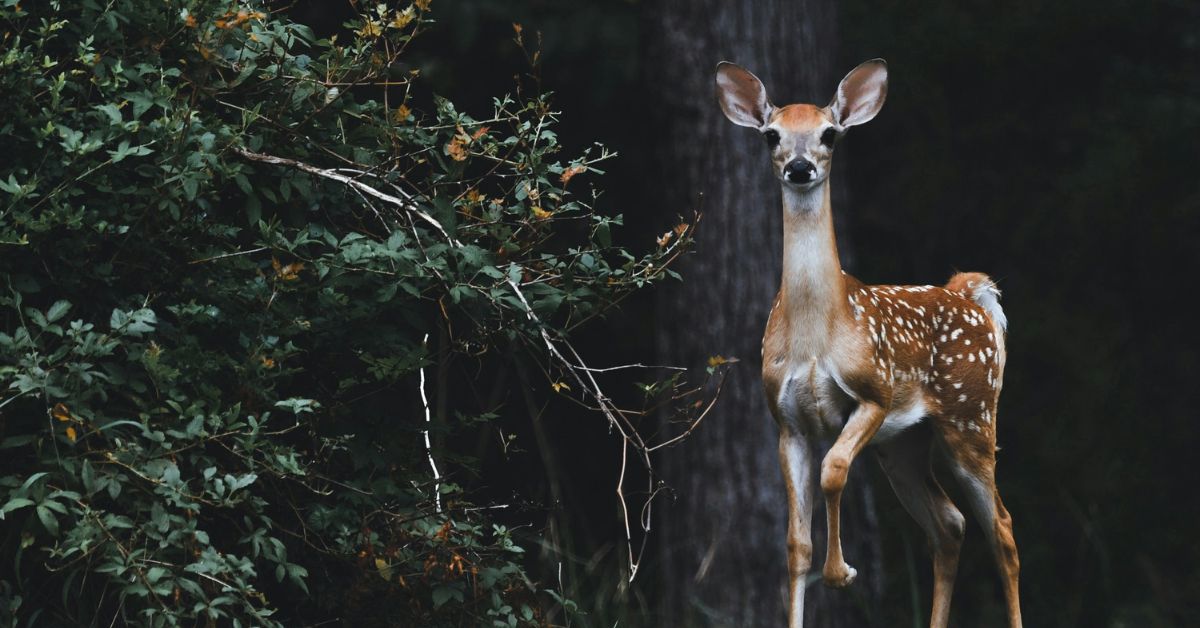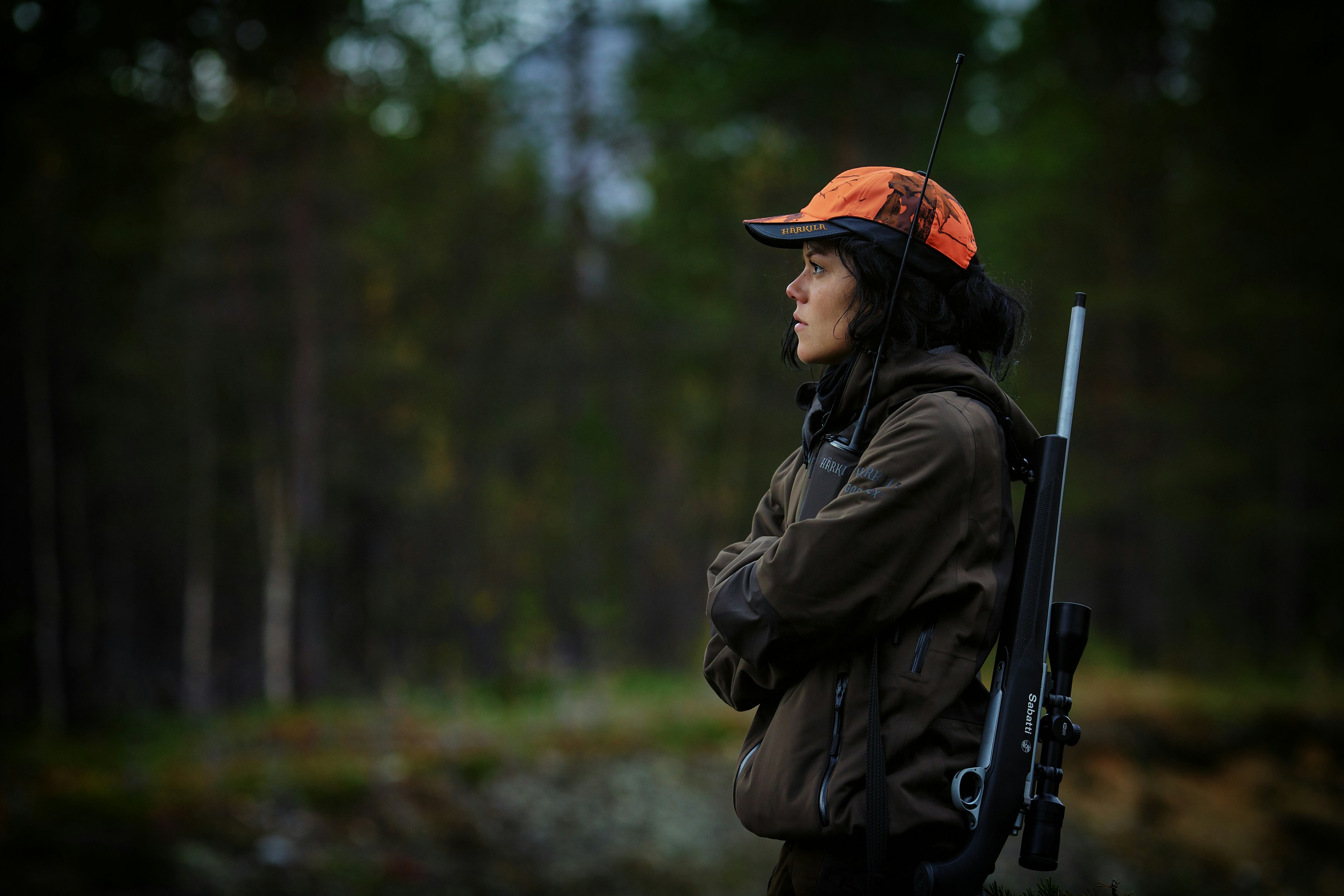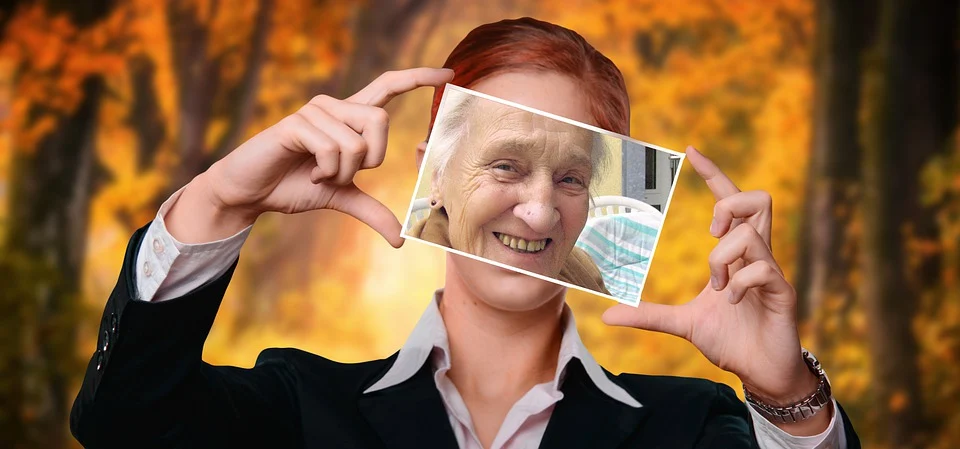Deer are one of the wariest animals in the forest, with eyesight and senses that allow them to detect even the slightest movements or unnatural colors. As a hunter, you aim to get as close as possible to these wary deer without being detected. For many hunters, this means investing in the best camouflage gear and patterns for their environment. But is high-end camo necessary to tag your buck?
This article explores why camouflage is essential for whitetail hunting success and when cheaper alternatives may still work.
1. Blend with the Environment
The primary function of any hunting camouflage is to break up the human form and blend the hunter into the surrounding forest environment. Deer have near-perfect color vision that allows them to pick up on abnormal shadows, shapes, and colors from long distances.
The best camo patterns are designed to blend in with the foliage, deadfall, snow, and other natural elements that the hunter will be sitting or moving through.
Dark green and brownish tones work well in deciduous forests during fall, while more neutral gray and brown colors provide better cover in pine forests or areas with dead grass and weeds. Some patterns even disrupt shapes, lines, and textures to break up the hunter’s outline further.
While cheaper camos may provide some concealment, high-end patterns designed for specific regions and habitats will allow the hunter to vanish into the background scenery. The best camo for whitetail deer hunting will depend on the particular environment you are hunting in and the time of year.
2. Close Encounters
Camouflage shines during close encounters with wary whitetails. Most hunters know the thrill of having a big buck inch within shooting range, unaware of the hunter’s presence. This is when advanced camo patterns can mean the difference between tagging your trophy or watching him slip away.
Even a tiny bit of exposed skin or an abnormal shadow could cause alarm at close range.
The multi-tonal disruptive patterns in top camo gear make the hunter appear as just another twisted branch or clump of dead on the forest floor. Cheaper uniforms with less realistic shades and textures stand more risk of the deer detecting something that needs to be corrected during such close passes. Advanced camo gives hunters the stealth needed to draw closer before the deer notices and flees.

Photo by Scott Carroll on Unsplash
3. Scent Management
While visual concealment is essential, scent control is arguably the number one factor in getting close to wary whitetails.
Deer possess an incredibly acute sense of smell that allows them to detect human odor from great distances, even through the camouflage. The top camo choices now incorporate advanced odor-reducing and moisture-wicking materials into their designs.
Some use activated carbon fabrics infused with natural compounds to neutralize human scents at the source.
Others rely on antimicrobial treatments that inhibit the growth of odor-causing bacteria on the clothing. Cheaper alternatives, natural cotton blends, in particular, lack these technical odor-fighting properties. They may adequately break up visual profiles from a distance but put the hunter at greater risk of blowing their cover from scent once closer to deer.
Odor-resistant camo gives hunters the full stealth approach, both seen and unseen.
4. Seasonal Variability
Because whitetail habitats change so dramatically throughout the year, camouflage requirements also vary by season. What works well for a fall foliage hunt would stand out like a sore thumb during snow cover in late winter. High-end camo patterns consider this variability, often providing reversible outer layers optimized for fall/early winter and late winter/early spring conditions.
Some even offer additional interchangeable overlayers designed specifically for bare ground, heavy snow, or specific tree types like pines. While multi-season camo is available at lower price points, the cheaper alternatives usually provide only mediocre concealment across conditions rather than optimization for each.
Adaptable, high-performing camo maintains the hunter’s stealthy advantage no matter the habitat makeup or background scenery at that time of year.

Photo by Vidar Nordli-Mathisen on Unsplash
5. Movement Concealment
Finally, the best camouflage patterns excel in hiding stationary hunters and ones who must move or stalk. Merely sitting still, while necessary, will not put meat in the freezer for many hunters. Whether following deer trails, approaching feeding areas, or responding to calling, the ability to maneuver stealthily is critical.
Furthermore, advanced camo fabrics, cuts, and patterns break up movement outlines, whether a shifting arm, raised leg, or turning head. They compensate for the inherent visibility of human motion and allow hunters to cover ground sneakily right in front of often hyper-aware deer eyes.
Cheaper materials lacking three-dimensional textures and gradual transition tones risk creating flashes or irregular shadows at the slightest movements. The top camo choices available ensure movement remains practically invisible as well.
Wrapping Up
While essential camouflage will always provide some concealment, serious whitetail hunters looking to get within close ranges of pressured deer will find value in investing in top-performance camouflage optimized for their environment and conditions. The ability to vanish into the background and confidently hunt hands-free is precious.
Advanced materials that control odor and adapt patterns seasonally give the upper hand over wary deer senses. While not always necessary, high-end camouflage designed with stealth and concealment in mind removes excuses and allows hunters to put themselves into prime ambush positions time after time. For those hunting pressured deer or seeking consistent success over multiple seasons, the best camouflage gear provides an advantage that is well worth the cost.







